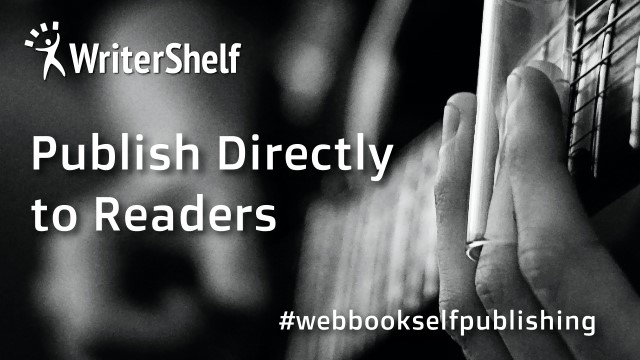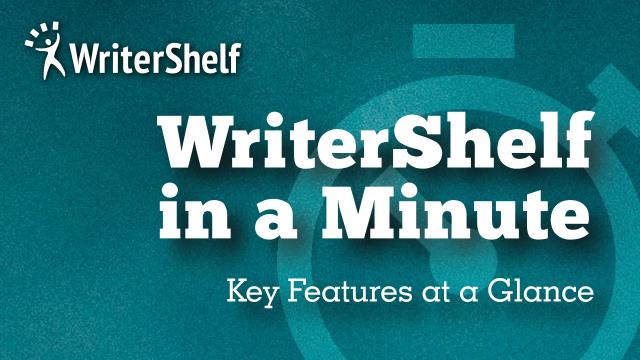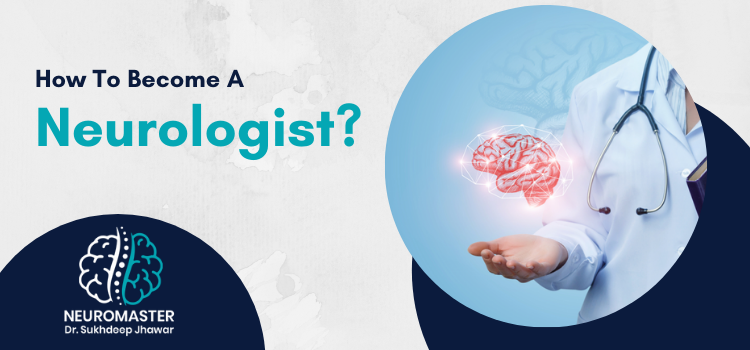Psychological Disorder in School Children
285
0
·
2020/10/11
·
5 mins read
☕
WriterShelf™ is a unique multiple pen name blogging and forum platform. Protect relationships and your privacy. Take your writing in new directions. ** Join WriterShelf**
WriterShelf™ is an open writing platform. The views, information and opinions in this article are those of the author.
Article info
Tags:
Date:
Published: 2020/10/11 - Updated: 2020/10/12
Total: 1146 words
Like
or Dislike
More to explore










Attention deficit/hyperactivity disorder (ADHD) is considered to be minimal brain dysfunction or hyperactive child syndrome. It is one of the most common child’s behavioral disorders. Moreover, it can be preserved in adulthood. Attention deficit disorder with hyperactivity is often undiagnosed in adults. Meanwhile, it is crucial to recognize this syndrome and administer effective, inexpensive and safe methods of treatment. Early and continuous therapy in childhood does not only give an immediate effect, but promotes the formation of normal behavior in adulthood.
Symptoms
The Diagnostic and Statistical Manual of Mental Disorders, Fifth Edition, (DSM-5) was published by the American Psychiatric Association in 2013, presenting criteria for making a ADHD diagnosis. It made changes in the understanding and definition of attention deficit/hyperactivity disorder and impacted its diagnosis in children.
According to DSM-5, ADHD can have inattentive, hyperactive-impulsive, or combined inattentive and hyperactive-impulsive presentations. The inattentive type is characterized by a failure to pay attention to details or careless mistakes and difficulties with sustaining attention and organization. Such children can be easily distracted, forgetful in daily activities, lose things, and avoid tasks that require a lot of thinking. The symptoms of the hyperactive-impulsive type include difficulties with remaining seated and engaging in activities silently, fidgeting with feet or hands, excessive talking, blurting answers before questions have been ended, and interrupting. The combined inattentive and hyperactive-impulsive type combines the symptoms of both previous presentations. Tics also can accompany ADHD. Their manifestations include witching of facial muscles, prolonged wheezing, and others. Sometimes, sudden shouting can violate the social adaptation of the child.
Incidence
Symptomatology almost always appears up to 12 years. The average age of consulting a physician is 8-10 years. At this time, education and work at home start to demand child’s autonomy, motivation and concentration. Attention deficit hyperactivity disorder is more common in boys. In more than a half of children, who have suffered from the syndrome of attention disorder with hyperactivity in primary school, it persists in adolescence. These teenagers are prone to addiction, and it is difficult for them to adapt to the team.
Causes
The reason for attention deficit/hyperactivity disorder is genetic predisposition. In addition, general conduct disorder is diagnosed in children, whose mothers smoked or drank alcohol during pregnancy, as well as in cases where the pregnancy passed with difficulties. In children with low weight at birth, the risk of ADHD is increased. The same applies to those who received a head injury, especially at the frontal lobe. Small children, who have been exposed to plumbum or other toxins in the environment at an early age, are also more prone to the emergence of ADHD. Other reasons for the disorder are abuse, extreme neglect, or social deprivation. Moreover, food additives may contribute to the impairment of hyperactivity.
Best Practice Interventions
Educational work plays a crucial role in the treatment of the disorder. Parents and the child receive the explanation of the meaning of the forthcoming treatment. As a rule, parents do not understand what is going on with their child, but behavior of the latter annoys them. Explaining the problem by wrong education, they begin to blame themselves and each other. Almost always, parents do not know what to do with the child, and disagreements on this issue lead to new conflicts. Therefore, it is necessary to explain the reasons for child’s behavior. Tasks of educational work include helping parents understand child’s behavior, dispelling illusions, as well as explaining what is really possible to expect and how to behave with the child. It is necessary to discuss general and specific issues of education, introduce remuneration methods, behavioral therapy, and other treatment programs to parents. There are special support organizations for parents, whose children suffer from the syndrome of attention deficit hyperactivity disorder. Parents can learn how to control child’s behavior. A child can be taught specific techniques that can help in schooling. Moreover, it is important to do everything possible to improve child’s self-esteem. It is necessary to support the one in enthusiasm and training.
Conditions of education are also important for ADHD’s intervention. If the child has difficulty with learning in a regular classroom, he or she should be transferred to a specialized class. The reasons for poor performance of children with the syndrome of attention deficit with hyperactivity are inattention and the lack of persistence, sometimes in combination with a partial delay in the development of scholastic skills. The symptoms can be reduced with the help of medical treatment, but drugs for healing delays do not exist. Then, only training under special conditions that are appropriate to child’s possibilities can help.
Drug treatment is effective in the majority of cases. However, its action is symptomatic. Therefore, medical treatment of children requires years and can be continued in adolescence. The fact that drug treatment does not allow to cure the syndrome of attention disorder with hyperactivity should not detract from its role. Suppressing symptoms facilitate both the intellectual and social development of the child.
Psycho stimulants do not only comfort children, but also affect many other symptoms of the attention deficit hyperactivity syndrome. Children are easier to tolerate a failure, become more stable emotionally, more responsive to parents and peers, and build relationships with others. The use of psycho stimulants can improve mental development dramatically.
In case of psycho stimulants’ inefficiency, neuroleptics, antidepressants and some other medicaments can be prescribed. Antipsychotics (chlorpromazine, hioridazine) are used for severe hyperactivity and aggressiveness. However, they reduce attention, thereby exacerbating one of the main manifestations of attention deficit disorder with hyperactivity, and retarding mental development. Besides, neuroleptics do not contribute to the social adaptation of the child. Finally, they often cause idiosyncrasy and other side effects. It does not mean that neuroleptics should be completely abandoned, but the indications of their intended purpose should be limited. Apparently, they should be used only when there is severe aggression or a complete lack of control, and other medications and psychotherapy are not effective. Therefore, to receive positive results, practice intervention should include methods of family and behavioral therapy, parent training programs, educational work with teachers, psychotherapy of children and adolescents with ADHD, and drug therapy.
Attention deficit hyperactivity disorder (ADHD) in children manifests itself by motor hyperactivity, defect concentration, distractibility, and impulsivity, which are often accompanied by learning difficulties and behavioral problems, as well as difficulty in relationships with others. DSM-5 presents a number of ADHD symptoms and reflects the age dynamics of its manifestations. ADHD treatment should be long enough and planned on the basis of the estimation of its main symptoms, as well as the manifestations of comorbid disorders. The most effective treatment is complex care, which combines efforts of physicians, psychologists, and teachers, working with the child and the family.
If the article was cognitive for you, proceed to read other exclusive paper on https://exclusive-paper.com/. Most of the articles are written by Lily Johnson, a professional writer.